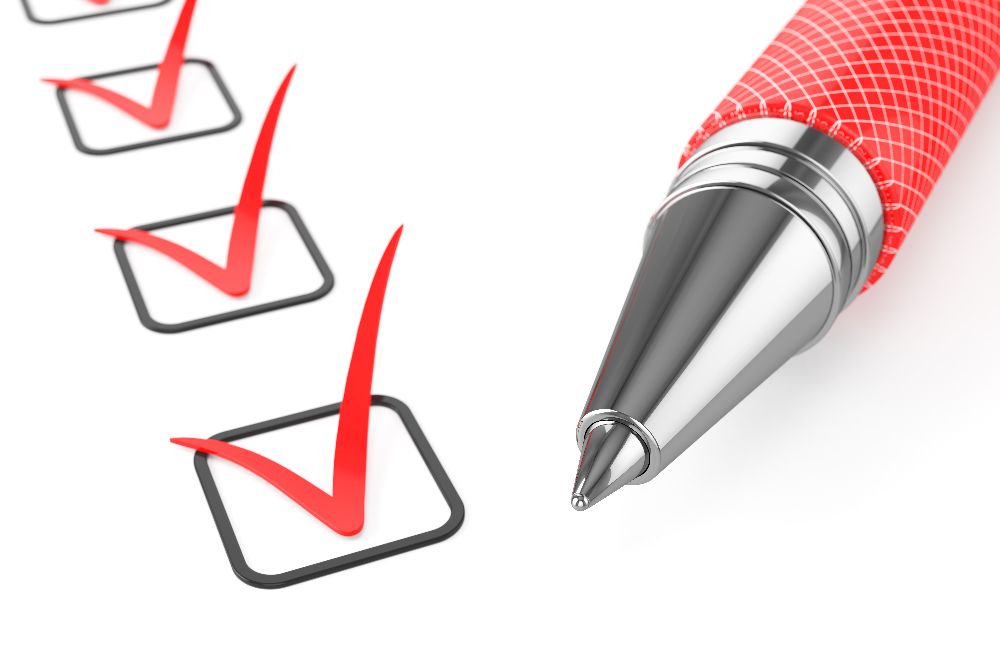
Site assessments that cover natural surveillance, access control, territoriality and other CPTED concepts will help to protect your campus, students and staff.
Published: January 15, 2013 Author: Tod Schneider
The Newtown, Conn., shootings generated an understandable surge of interest in improving school security, and while hiring professional consultants to look over your site is a fine option, many schools lack funds for that purpose. With that in mind, it may be useful to point out some free alternatives, including the entire library of support materials now archived at the National Clearinghouse for Educational Facilities, ranging from a very brief overview of Crime Prevention Through Environmental Design (CPTED) for schools to a somewhat daunting, comprehensive (70 pages long) do-it-yourself inspection checklist (http://www.ncef.org/checklist/index.cfm).
That being said, the survey tool below falls somewhere between the two. It builds on basic CPTED concepts of natural surveillance, (the ability to see what’s going on,) natural access control (the ability to control who gets in and out) and territoriality, (the ability to project authority over a site), as well as touching on the advanced CPTED emphasis on connectivity. It should suffice in highlighting vulnerabilities.
Before You Start, Review Your Institution’s History
First interview staff and students, and review research documents to identify any history of problems that might influence decisions about what is needed. This might include a history of violence at the schools, the degree of gang presence, the frequency with which weapons are involved, ongoing group or individual problems, the number of behavioral referrals or other red flags.
——Article Continues Below——
It’s worth noting whether a problem is site-wide, indicating an overall anti-social school or community culture worth addressing, or whether it involves only a small number of individuals, in which case a different type of intervention might be warranted. In addition, determine any fears for the future, whether or not the school has a history of problems. In many schools, for example, petty vandalism may be a top concern based on the school’s history, and one student may stand out based on recent threatening statements, but a future school shooting may be of greater immediate concern due to recent events covered in the media.
A time of day for incidents could be worth considering. For example, if behavior deteriorates before lunch time, can you determine how many students might have come to school without eating breakfast? A free breakfast program could be a reasonable solution. All such concerns should be taken into account when prioritizing recommended improvements.
Once the context has been established, begin a physical inspection. One way to do so is to build a rounded picture around the following eight-point framework:
1. What risks and opportunities do students encounter between home and school? These often include vehicle-pedestrian conflicts, but can also include exposure to pedophiles, pollutants, crime, bullies or other factors that compromise both student safety and their ability to succeed in school once they do arrive. Gang graffiti, broken bottles or needles in the gutters are examples of clues regarding risks to be gathered during an inspection. Opportunities might include natural areas, businesses or museums that could serve to enrich the school experience through field trips or internships.
2. What risks and opportunities are posed in areas directly adjoining school property?
3. Can office staff observe approaching visitors before they reach the school entry? Office staff are often the most available employees when it comes to keeping an eye on who or what’s approaching. With that in mind, what factors undermine their natural surveillance, and how could you fix that? For example: